It typically has multiple settings and functions, allowing it to be used for a wide range of measurements.
This can make it more convenient for certain types of measurements, but it may not have all the functionality of a standard multimeter.
While both devices can measure current, a clamp meter is often preferred in cases where accessing or touching the wires might be difficult or dangerous.
If you’re in the market for a new electrical meter, you may be wondering what the difference is between a multimeter and a clamp meter. Both of these meters are used to measure electrical current, but they have different applications. In this blog post, we will discuss the differences between multimeters and clamp meters, and help you decide which type of meter is best for your needs.
What Is A Multimeter
Analog Multimeter
Analog multimeters use a needle and calibrated scale to display readings, while digital multimeters show readings on a numeric display. Both types of meters have their own advantages and disadvantages, but digital multimeters tend to be more popular due to their ease of use and higher accuracy.
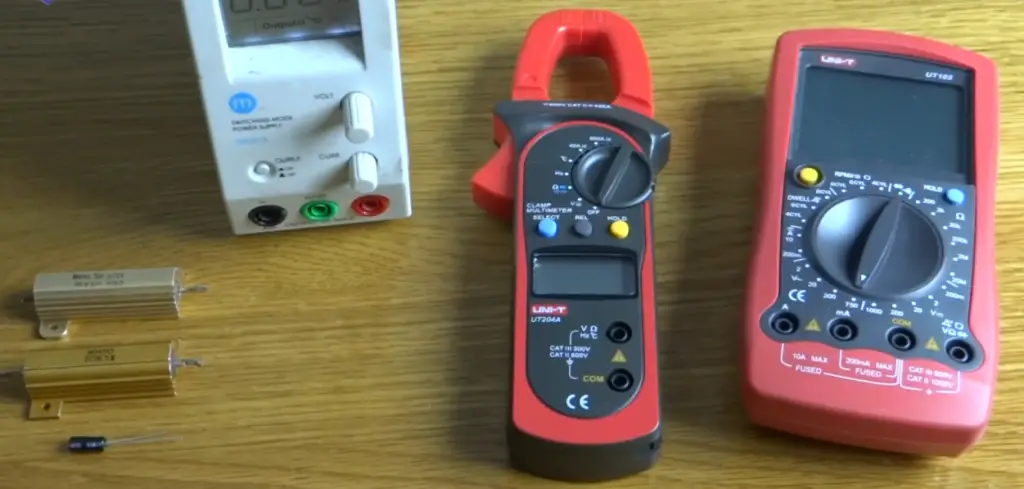
Digital Multimeter
Multimeters often have various settings and functions to specifically measure AC or DC voltages, as well as the ability to test for insulation resistance and transistor gain.
What Is A Clamp Meter?
This allows for safer measurement in situations where disconnecting the circuit or breaking the wire’s insulation may not be possible.
Clamp meters are typically designed only to measure current, although some models may also include features such as voltage measurement or non-contact voltage detection.
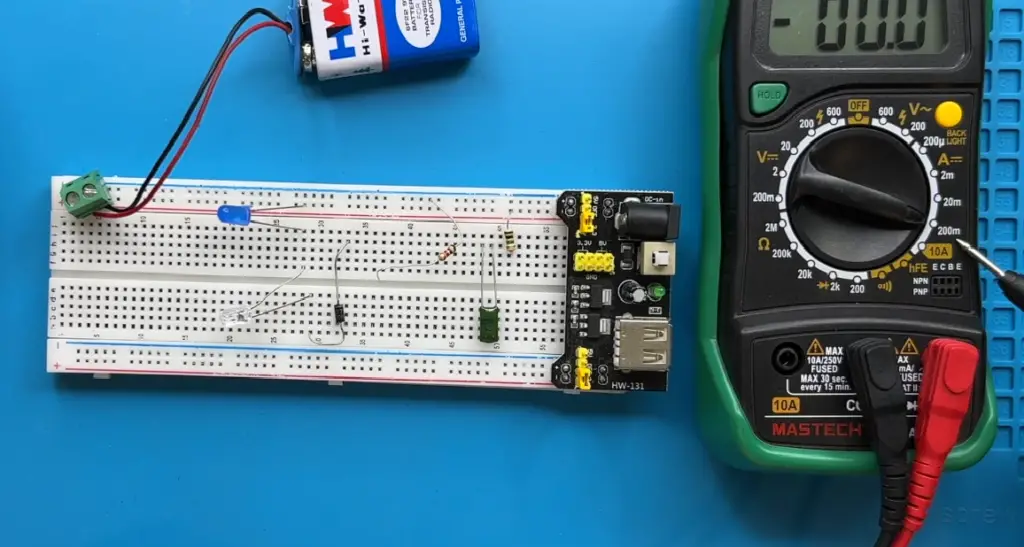
Difference Between Multimeter And Clamp Meter
Design
The main difference between a multimeter and a clamp meter is in their design. A multimeter is typically a handheld device with various probes and ports for measuring different types of electrical values, such as voltage, current, and resistance. Meanwhile, a clamp meter has a clamp-like jaw that allows it to measure the current flowing through a wire without the need for direct contact.
Functionality
While both devices can be used to measure current, a multimeter can also measure voltage, resistance, and other properties. A clamp meter, on the other hand, is limited to just measuring current. Additionally, some advanced models of clamp meters may also have the capability to measure voltage and resistance.
In certain situations, a clamp meter may be the more practical and efficient choice. For example, when measuring current in an enclosed wire or tight space, using a clamp meter eliminates the need to break the circuit and potentially disrupt the flow of electricity. On the other hand, a multimeter may be better suited for measuring multiple properties in one go or for more precise measurements.

Accuracy
In terms of accuracy, a clamp meter is typically more precise when measuring current, as it does not require breaking the circuit for measurement. However, a multimeter can still give accurate readings if used properly.
Need Of Breaking The Circuit
The fundamental difference between a multimeter and a clamp meter is that a multimeter measures the voltage, current, and resistance in a circuit by breaking it, while a clamp meter measures the same values without breaking the circuit. This makes clamp meters particularly useful for measuring live wires or in situations where interrupting the circuit could cause damage or danger.
Measurement Range Differences
Clamp meters also typically have a larger measurement range than multimeters. While most multimeters can measure up to 10 amps, clamp meters can often measure up to 1000 amps. Additionally, some clamp meters are able to measure other properties such as capacitor value, frequency, and temperature.
Safety
In addition to allowing for measurement in live circuits, clamp meters also have the added benefit of being safer to use. Since they do not require breaking the circuit, there is less risk of electric shock for the user.
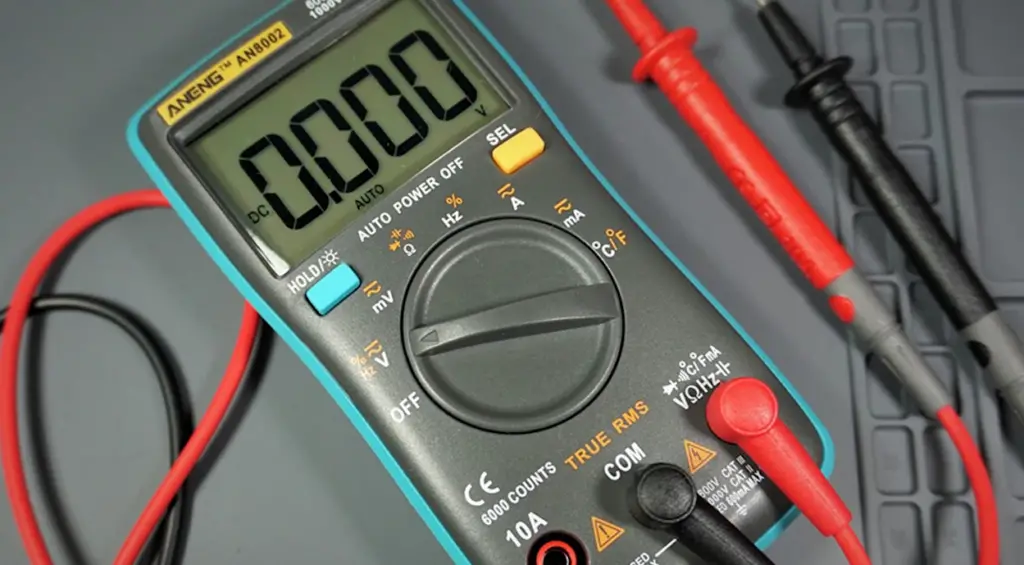
Best Suited For Different Applications
Both multimeters and clamp meters have their own unique advantages, making them suitable for different applications. Multimeters are more versatile and can be used in a wider variety of situations. However, clamp meters are essential for measuring high currents in live wires and offer added safety benefits. Ultimately, it is important to consider the specific needs of your application before deciding which tool to use.
Cost
In general, clamp meters tend to be more expensive than multimeters. This is due to their specialized design and added features. However, for certain industries or situations where measuring live wires is necessary, the added cost may be worth the benefit of being able to safely and efficiently measure high currents.
Whether a multimeter or clamp meter is the better tool for a particular job comes down to the specific needs and circumstances of the task at hand. Consider all factors such as safety, measurement range, and cost before making a decision on which tool will best serve your purposes.
Overall, both multimeters and clamp meters have their own advantages and disadvantages, and it ultimately depends on the specific task at hand in determining which device to use. It may also be useful to have both tools in your toolbox for maximum versatility.
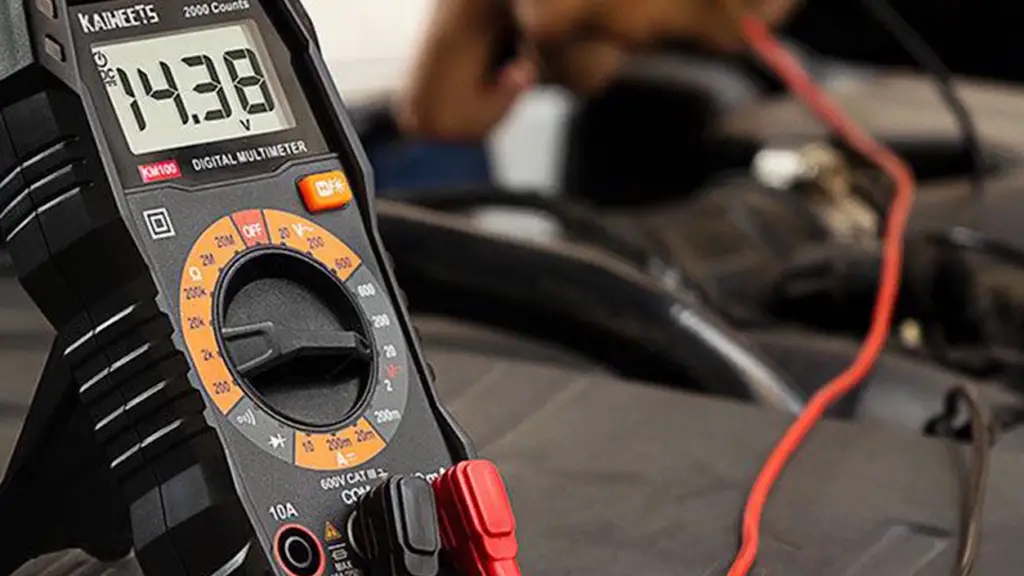
Clamp Meter Vs. Multimeter: Which Is Better For Your Electrical Needs?
When it comes to electrical work, both a clamp meter and a multimeter can be useful tools. However, they each have their own unique functions and limitations.
A clamp meter is specifically designed to measure the current in a wire without breaking the circuit. This makes it particularly useful for measuring the load on an appliance or conducting in-line measurements.
On the other hand, a multimeter has multiple functions and can measure not only current, but also voltage, resistance, and continuity. It also has the added benefit of being able to test and measure components while they are connected in a circuit.
Clamp Meter Vs. Multimeter: Which Is More Accurate?
When it comes to accuracy, both clamp meters and multimeters can have similar levels of precision. However, they each have their own limitations in terms of the measurements they are able to take.
For example, a clamp meter may not be able to accurately measure low currents or high frequencies. On the other hand, a multimeter may not be able to measure very high currents without damaging its internal components.
In general, it is best to use the most appropriate tool for the job at hand in order to ensure accurate readings.
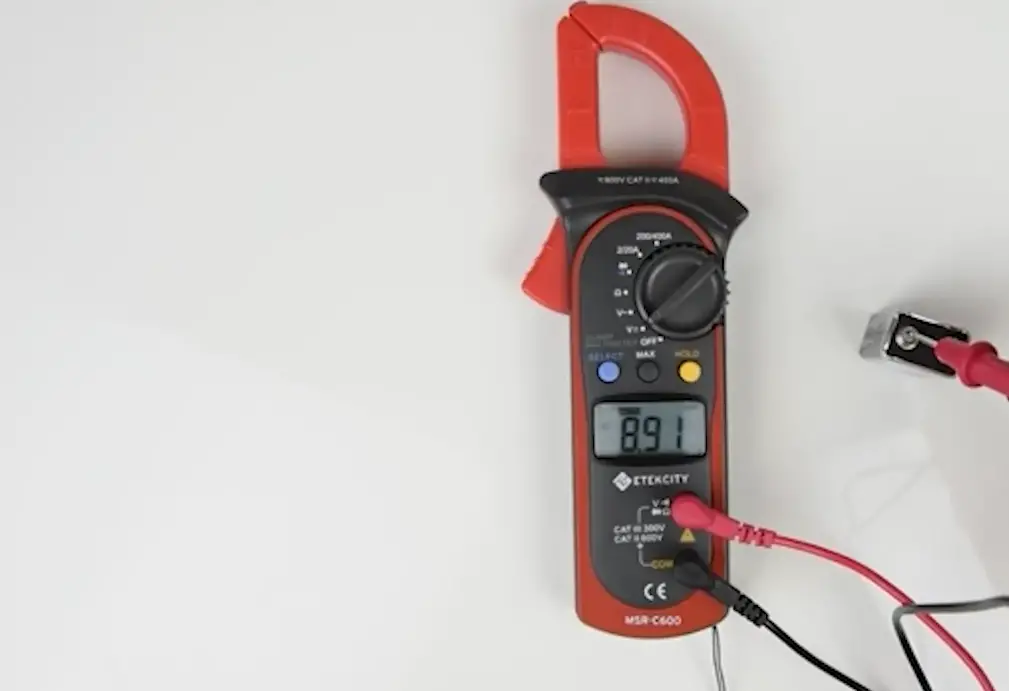
What To Choose: A Budget Clamp Meter Or A Budget Multimeter?
When on a budget, it ultimately depends on the specific electrical needs of the individual or company. If current measurements are needed for in-line readings or load measurements, then a clamp meter may be the better choice. However, if multiple types of measurements are required, a multimeter may be more versatile and cost-effective in the long run.
In any case, it is important to carefully research and compares different options before making a purchasing decision. This can help ensure that the chosen tool will meet all necessary requirements and provide accurate readings.
Which Is Better: A Clamp Meter Or A Capacitor Tester?
While both a clamp meter and a capacitor tester can measure current, they have very different functions.
In general, it depends on the specific electrical needs and requirements of the individual or company. However, it may be more cost-effective to choose a multimeter with both clamp and capacitance measuring capabilities. This way, multiple types of measurements can be easily conducted with one tool.
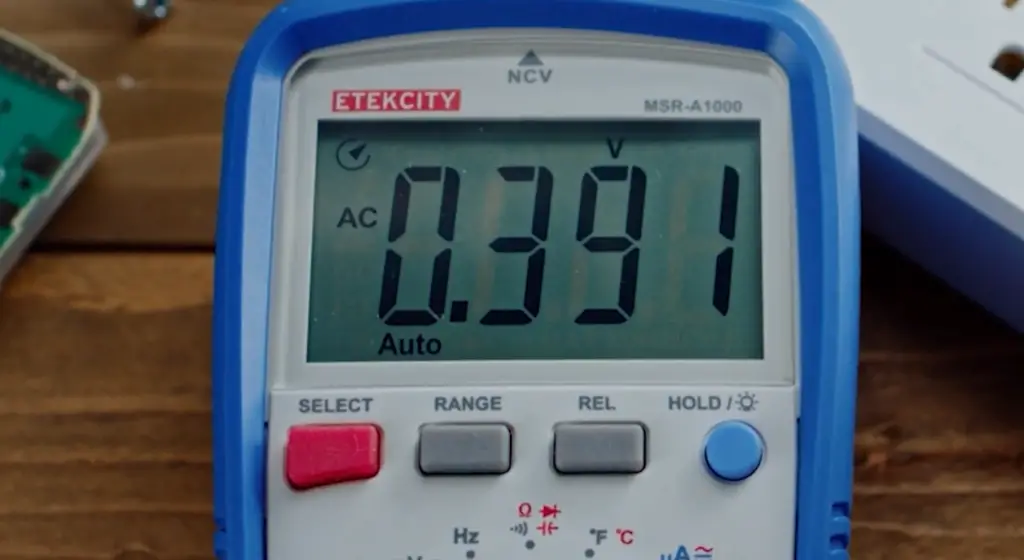
FAQ
What is the benefit of a clamp meter over a multimeter?
A clamp meter allows for the measurement of current without breaking the circuit, while a multimeter requires the circuit to be interrupted. And, a clamp meter can measure AC and DC current, while a multimeter can only measure AC or DC current, not both.
Can a clamp meter be used as a multimeter?
No, while they may have some overlapping features, they are not interchangeable tools. A clamp meter is designed specifically for measuring current, while a multimeter has a range of measurement capabilities. It is important to use the right tool for the job.
Can a clamp meter measure voltage and resistance like a multimeter?
No, a clamp meter typically only measures current. However, some advanced models may also have the capability to measure voltage and resistance. Also, keep in mind that a clamp meter is not designed for precise measurements like a multimeter.
When should I use a clamp meter over a multimeter?
A clamp meter is useful in situations where it is not feasible or safe to break the circuit for measurement, such as live wires. It can also be used alongside a multimeter for more comprehensive testing and troubleshooting.
What type of multimeter do electricians use?
Electricians typically use a standard multimeter, also known as a Volt-Ohm meter, to measure voltage, current, and resistance.
This can be especially useful in live wire situations where direct contact with the wires could be dangerous.
Your specific project will determine which tool you need. If you are measuring current in live wires, a clamp meter would likely be necessary for safety reasons. However, if you are just concerned with voltage and resistance measurements, a standard multimeter should suffice.
Can you measure voltage with a clamp meter?
No, a clamp meter is designed specifically for measuring current. A multimeter, on the other hand, can measure both voltage and current.
Another key difference is that a clamp meter can measure current without breaking the circuit, as it has the ability to clamp onto a wire. A multimeter requires that the circuit be broken in order to measure current.
Additionally, clamp meters often have features such as frequency measurement and inrush current measurement, which is not commonly found on multimeters.
What is a Fluke multimeter used for?
A multimeter, also known as a volt-ohm meter or VOM, is a handheld device used for measuring electrical properties such as voltage, current, and resistance. A Fluke multimeter is a specific brand of the multimeter that is known for its accuracy and durability in demanding industrial environments.
Are cheap clamp meters accurate?
While clamp meters may be cheaper and more convenient to use, they are not always as accurate as a multimeter. This is because a clamp meter only measures the current passing through a conductor, while a multimeter can measure both current and voltage in a circuit.
Additionally, because of their design, clamp meters can give inaccurate readings if not positioned properly on the conductor. Thus, for more precise measurements, it is best to use a multimeter.
However, for basic electrical troubleshooting and quick readings, a clamp meter can still be useful.
How do you test amps with a clamp multimeter?
A clamp meter, also known as a current meter, measures electrical currents by clamping onto a wire or cable. This allows for non-intrusive testing and measurement without having to disconnect any wires.
On the other hand, a multimeter can also measure current but it requires access to the individual wires and is, therefore, more intrusive in its testing method.
Additionally, multimeters have the ability to measure voltage, resistance, and continuity, whereas clamp meters are typically limited to only measuring current.
Where would you use a clamp meter?
A clamp meter is specifically designed for measuring current in a wire without having to disconnect or break the circuit. This makes it particularly useful for live wire measurements and troubleshooting in electrical work.
How does it differ from a multimeter?
While a multimeter can also measure current, it typically requires breaking the circuit and attaching the probes directly to the wire. A clamp meter, on the other hand, can measure the current through its clamping mechanism without disrupting the flow of electricity.
How do you measure current with a multimeter?
While a multimeter can measure current, it must be connected in series with the circuit being tested. This means breaking the circuit and potentially causing damage to the equipment or creating a safety hazard.
On the other hand, a clamp meter allows for non-intrusive measurement of current by clamping onto the conductor without breaking the circuit. This also makes it easier to measure current in hard-to-reach places.
In addition to measuring current, multimeters can also measure voltage, resistance, and often other values such as temperature and capacitance. Clamp meters, however, typically only measure current and sometimes voltage.
Which multimeter is best for home use?
When it comes to measuring electrical current, both multimeters and clamp meters can get the job done. However, there are key differences in their functionality and uses.
A multimeter is a handheld device that measures multiple electrical properties, including voltage, resistance, and current. It typically has two leads that are connected to the device, allowing it to measure current by directly touching the wires or circuits being tested.
On the other hand, a clamp meter measures current by clamping onto a wire or cable without interrupting the circuit flow. This makes it especially useful for measuring current in live wires and hard-to-reach areas.
Will a clamp meter measure DC current?
No, a clamp meter is specifically designed to measure AC current. To measure DC current, you would need to use a multimeter.
A multimeter can also be used to measure voltage, resistance, and sometimes even temperature and capacitance. A clamp meter, on the other hand, is typically only able to measure AC current.
Another key difference is that a clamp meter can measure current without breaking the circuit, as it simply clamps onto the wire. A multimeter must break the circuit in order to measure current flow.
How do you test a battery with a clamp meter?
It does this by clamping onto the wire with its jaws and taking the measurement.
On the other hand, a regular multimeter can also measure current by directly touching or cutting into the wire with its probes. However, this may be dangerous and not always feasible in certain situations.
In terms of testing a battery with either instrument, both a clamp meter and a multimeter can be used to measure the electrical current flowing through it. However, a clamp meter would generally be preferred as it allows for easier and safer access to measure the current without having to disconnect or cut into the wires.
How do you measure DC amps with a multimeter?
To measure DC amps with a multimeter, you would set the multimeter to the “DC Amps” setting and then place the red probe on the positive terminal and the black probe on the negative terminal of the circuit. The reading on the display will indicate the current flowing through the circuit in amps.
How many amps can a multimeter handle?
A multimeter can typically only handle small amounts of current, usually up to 10 amps. On the other hand, a clamp meter is specifically designed for measuring larger currents and can handle up to 600 amps or more.
How do they measure current?
While both devices measure current, they do so in different ways. A multimeter measures current by placing its probes directly onto the circuit, while a clamp meter measures it by clamping around a wire or cable without interrupting the flow of electricity.
What do you use to measure current?
Typically, a clamp meter is used to measure current. This instrument uses a clamp-like device to directly measure the current flowing through a wire.
On the other hand, a multimeter can also measure current, but it requires the wires to be disconnected and the probes placed directly onto the circuit.
Additionally, a multimeter can also measure voltage, resistance, and often other values such as temperature and capacitance. A clamp meter typically only measures current.
How does a clamp meter measure leakage current?
A clamp meter measures leakage current by placing its clamp around a wire or cable to measure the current flowing through it without having to make contact with the actual wire. This allows for more accurate and non-invasive measurement of current. Alternatively, a multimeter measures current by being directly connected to the wire with its probes.
How do you measure a 3-phase current with a clamp meter?
With a clamp meter, you would place the clamp around one of the conductors in the circuit. The meter will then measure the current flowing through that specific conductor. To measure the total 3-phase current, you would need to repeat this process for each conductor and add up the individual readings.
On the other hand, a multimeter can directly measure the total 3-phase current by connecting its probes to all three conductors simultaneously.
Another key difference is that a clamp meter measures only AC or alternating current, while a multimeter can measure both AC and DC (direct current) electric currents. Additionally, multimeters often have more advanced features such as resistance and voltage measurement capabilities.
How do you measure current on a 240v circuit?
One option is to use a clamp meter, also known as a current clamp or amp probe. This tool measures current by clamping onto the wire, allowing for hands-free measurements without breaking the circuit.
Alternatively, a multimeter can also measure current by placing the probes directly onto the wire. However, this requires breaking the circuit and can be more time-consuming and potentially dangerous.
Can a clamp meter measure Watts?
No, a clamp meter can’t measure Watts. A multimeter can accurately measure Watts, as it measures the product of current and voltage (or the rate at which energy is being used). However, a clamp meter is mainly used for measuring current alone.
Other differences between a multimeter and a clamp meter include their size and portability. A clamp meter is smaller and more compact, making it easier to use in tight spaces. It also allows for hands-free operation, as the clamp feature allows you to attach the device to a wire without having to physically touch it. On the other hand, a multimeter offers a wider range of measurement capabilities and functions.
Are clamp meters sensitive?
Clamp meters, also known as clamp-on or current meters, are not typically as sensitive as multimeters. This is because they measure the magnetic field around a wire instead of directly measuring the electrical current flowing through it. However, they have the advantage of not requiring direct contact with live wires, making them safer and more convenient to use in certain situations.
What should you not do with a multimeter?
It is important to never use a multimeter on live circuits, as this can lead to electric shock or damage to the device. It is also important to properly calibrate and check the accuracy of a multimeter before using it for measurements.
Why are Fluke multimeters so expensive?
Fluke is a well-known and trusted brand in the field of measurement and testing equipment. Their products often have high precision and accuracy, as well as additional features such as data logging and wireless connectivity. These factors contribute to their higher price point compared to other brands.
Useful Video: Multimeter vs Clamp meter, Which is Better For You!!!
References
- https://www.tutorialspoint.com/difference-between-multimeter-and-clamp-meter
- https://nerdytechy.com/clamp-meter-vs-multimeter/
- http://www.differencebetween.net/technology/difference-between-multimeter-and-clamp-meter/
- https://www.techtownforum.com/2021/04/22/clamp-meter-vs-multimeter-what-are-the-differences/
- https://housegrail.com/clamp-meter-vs-multimeter/
- https://goswitchgear.com/blog/multimeter-vs-clamp-meter/
- https://nerdytechy.com/clamp-meter-vs-multimeter/
- http://www.differencebetween.net/technology/difference-between-multimeter-and-clamp-meter/
- https://www.techtownforum.com/2021/04/22/clamp-meter-vs-multimeter-what-are-the-differences/
- https://housegrail.com/clamp-meter-vs-multimeter/





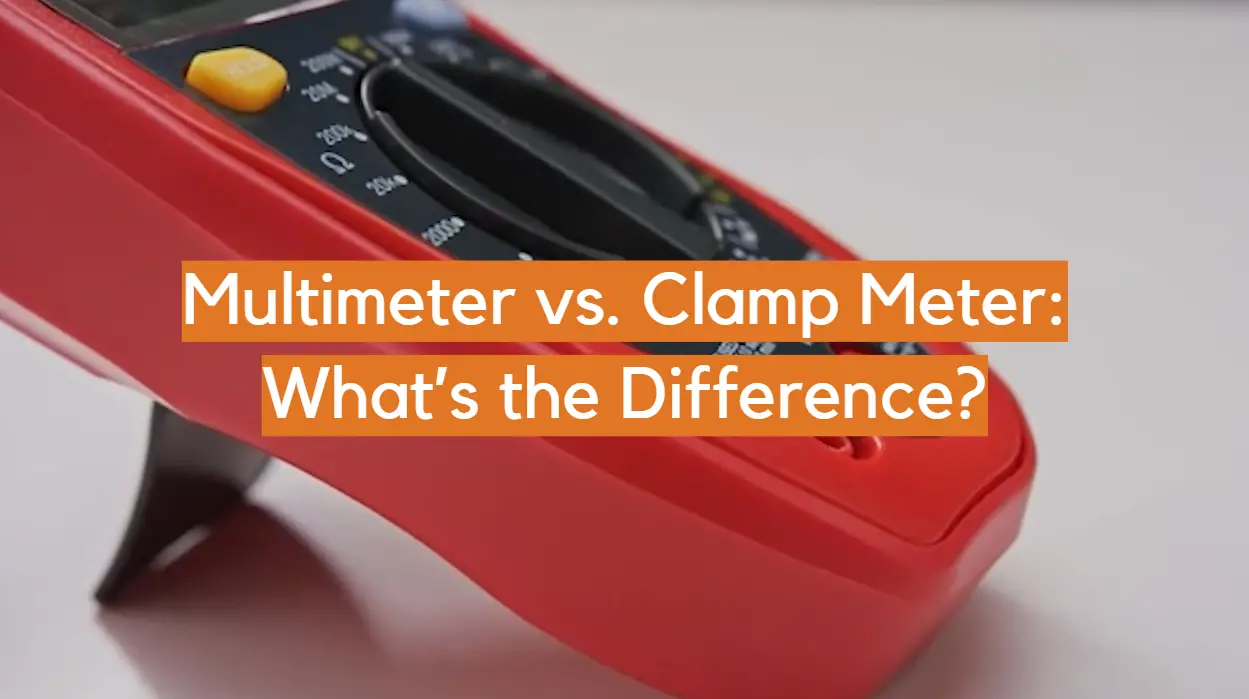








Leave a Reply